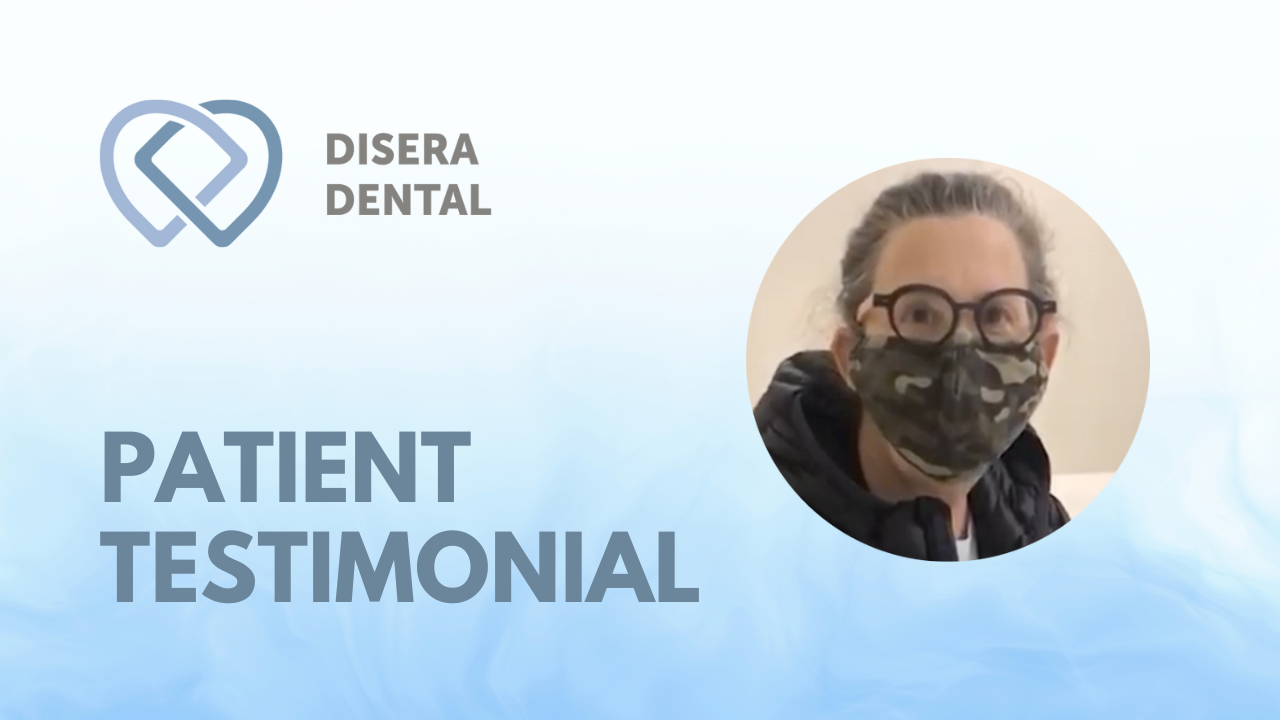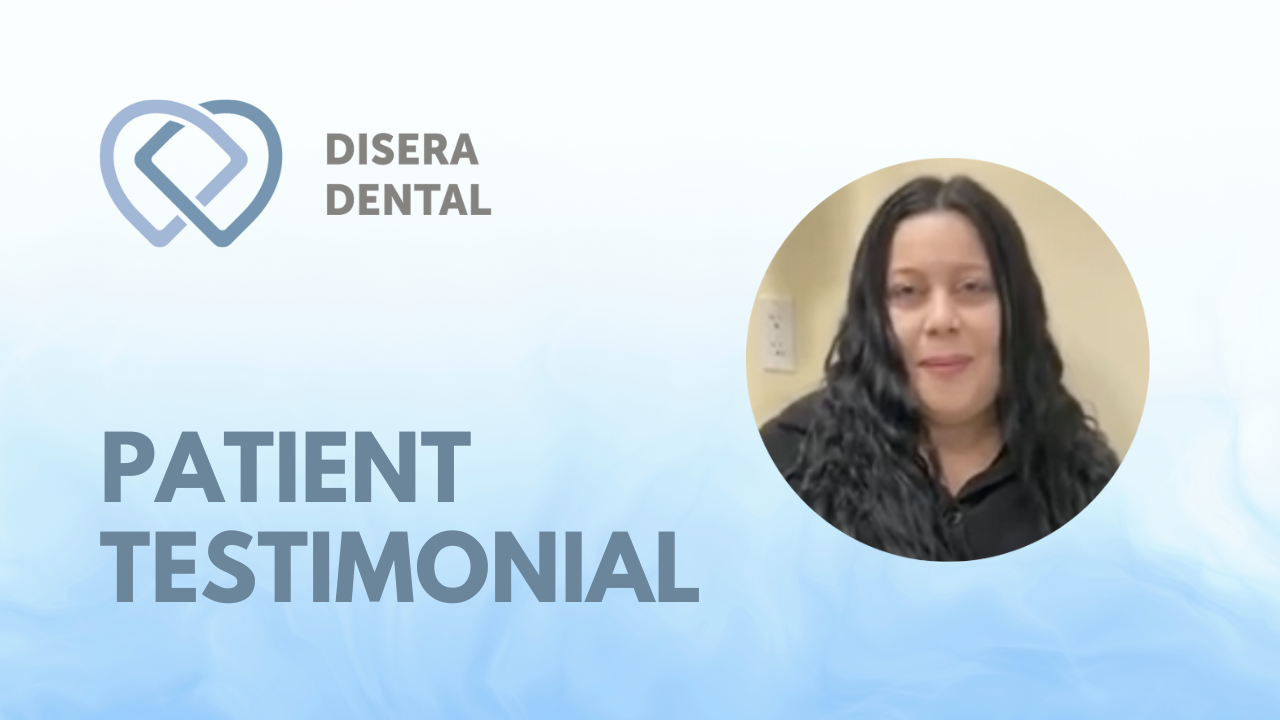
Symptoms To Watch Out For
Wisdom teeth, also known as the third molars, are the last set of permanent adult teeth to emerge. Positioned towards the rear of the mouth, both on the upper and lower jaw, they appear behind the second set of molars. Typically, wisdom teeth start to emerge between the late teenage years and the mid-twenties, although there can be variations. Some individuals experience the eruption of their wisdom teeth earlier or later in life, while others may not develop them at all. Although there are instances where wisdom teeth emerge without causing immediate issues, there are numerous reasons why it is advisable to have them removed.
When should wisdom teeth be removed?
- They may be coming in crooked or become stuck against the neighbouring tooth.
- There might not be enough room and crowding can be painful and cause complications.
- In the wrong position, wisdom teeth can trap food or be impossible to clean, leading to decay.
- Impacted wisdom teeth become infected much more easily.
The Wisdom Tooth Removal Process
The removal of wisdom teeth can be carried out by a dentist or, in some cases, may necessitate a standard surgical procedure performed by an oral surgeon. Following a thorough examination, your dentist will provide you with specific details regarding the type of extraction required. It is possible to have all four wisdom teeth extracted simultaneously or have them removed gradually through multiple appointments.
Examining your teeth
Prior to scheduling your tooth extraction, it is essential to conduct a comprehensive evaluation of your teeth and jaw. This process involves taking X-rays and conducting a thorough examination to assess the positioning and root structure of your wisdom teeth. This crucial information enables us to determine whether your wisdom teeth necessitate extraction, whether a straightforward extraction is feasible, or if a surgical procedure is required. By conducting this evaluation, we aim to avoid any unexpected complications or surprises during the extraction process.
The removal process
During your initial examination, our team will provide you with detailed instructions and guidance on what to anticipate and how to prepare for the procedure. Depending on your personal preferences and your doctor’s expert recommendation, various options such as local anesthesia, sedation, or general anesthesia will be available for your comfort. Employing minimally invasive techniques, we strive to ensure a gentle extraction process that minimizes discomfort. Our goal is to prioritize your comfort and facilitate a swift recovery.
Aftercare
We may recommend that you have a companion, such as a friend or family member, accompany you to our practice, both during the procedure and afterwards. This is to ensure your safety and well-being. Your designated companion will be responsible for driving you home after the extraction and providing support during your recovery period. You will be provided with comprehensive aftercare instructions, including helpful tips on how to promote a swift and comfortable recovery. Should you have any further concerns or questions, we are available to assist you, and we encourage you to reach out to us for guidance and support.
Cost Of A Wisdom Tooth Removal In Thornhill
The cost of wisdom tooth removal can vary significantly. With a standard insurance plan, a simple extraction of a single tooth typically ranges from $100 to $200+ as an out-of-pocket expense. Without insurance coverage, the approximate cost for a simple extraction per tooth can range from $200 to $600+.
It is challenging to provide an accurate quote for wisdom tooth removal without an in-person oral examination since each treatment plan is customized to meet individual needs. However, there are two general categories that dental extractions fall under, which can provide you with a better understanding of potential costs and reasons behind them:
Simple Tooth Extraction
A simple extraction is performed on a wisdom tooth that’s fully erupted (visible in the mouth) without complication. These can be performed by a general dentist, using local anesthesia. If we can remove your wisdom tooth quickly and easily, it will cost less.
Surgical Tooth Extraction
A surgical extraction is more complex and involves the removal of a wisdom tooth that hasn’t fully erupted, which has become impacted, which has complicated roots or which has a bad relationship with its neighbour, your 2nd molar. A surgical extraction, requiring a great amount of consideration, delicate care and expertise will come at a greater cost.
Remember, no dental practice can provide an accurate quote over the phone as the procedures are complex and depend on many factors. Every case is different so it’s important to speak with a dentist who will evaluate your unique situation and provide you with different treatment options to consider.
Contact us today
to schedule an initial consultation & exam.
Your consultation will include an examination of everything from your teeth, gums and soft tissues to the shape and condition of your bite. Generally, we want to see how your whole mouth looks and functions. Before we plan your treatment we want to know everything about the health and aesthetic of your smile, and, most importantly, what you want to achieve so we can help you get there.
Frequently Asked Questions
While it is commonly perceived as a rite of passage, the removal of wisdom teeth is necessary only when they become impacted or cause interference with the jaw and surrounding teeth. Contrary to popular belief, not everyone requires wisdom teeth removal as a routine procedure.
In dentistry, we prioritize your comfort and well-being more than ever before. Utilizing advanced tools and techniques, we strive to minimize discomfort during procedures, work efficiently and precisely, and minimize trauma to facilitate rapid healing. After your treatment, we will provide you with comprehensive aftercare instructions to ensure your comfort and promote a speedy recovery.
Approximately one hour following your procedure, you can safely remove the gauze sponges that have been placed in your mouth and proceed to have a meal. It is important to choose soft foods during the first 24 hours to avoid any discomfort. Additionally, it is advisable to refrain from consuming hot foods and using straws for a few hours to ensure a smooth recovery.
During your appointment, we will provide you with personalized aftercare instructions tailored to your specific needs. However, here are some general guidelines to follow after your wisdom teeth extraction to minimize the risk of complications and promote a speedy recovery:
1. In the first 24 hours after the tooth extraction, avoid spitting, mouth rinsing, blowing your nose, using a straw, and smoking. These actions can disrupt the healing process and dislodge blood clots.
2. Refrain from touching the extraction site with your finger or tongue to prevent any irritation or potential infection.
3. It is advisable to avoid consuming hot foods and hot drinks, as they can increase bleeding and discomfort.
4. Do not take aspirin or any medication that inhibits blood clotting, as this can interfere with the healing process. Follow the pain management instructions provided by your dentist.
5. It is recommended to avoid engaging in physical activities and exercise for a few days to allow your body to heal without unnecessary strain.
Remember, these are general guidelines, and it is essential to follow the specific instructions provided by your dentist for the best outcome.
Ideally, you should schedule three or four days of rest or light duty after your wisdom teeth come out. Resting will minimize your risk of complications and help you heal. Full recovery takes around 2 weeks but you should feel minimal discomfort during this time.









